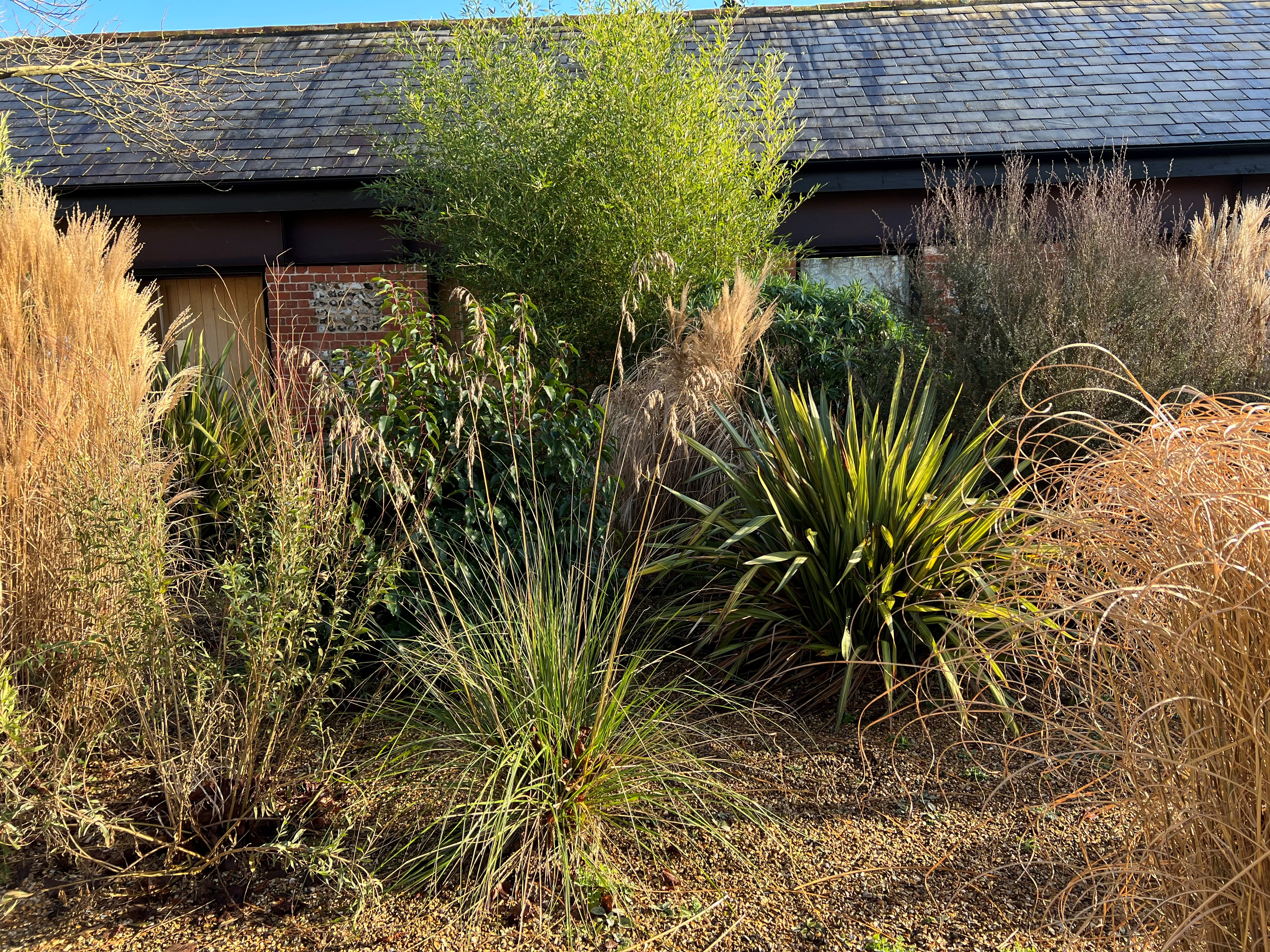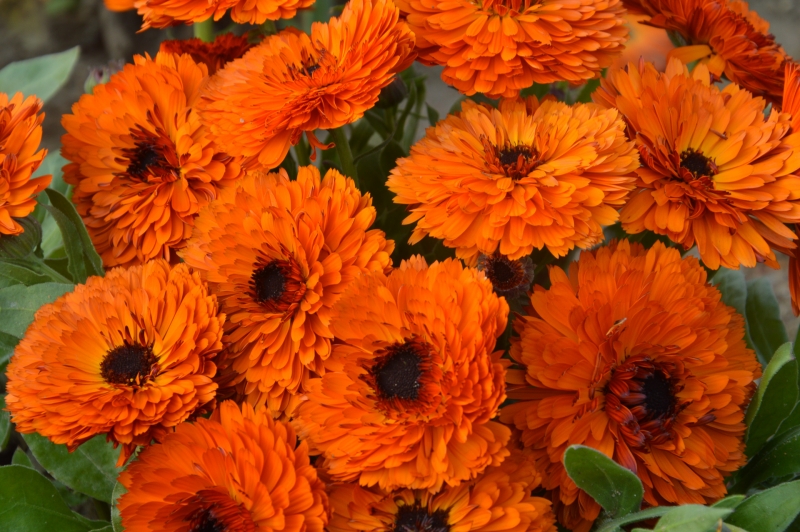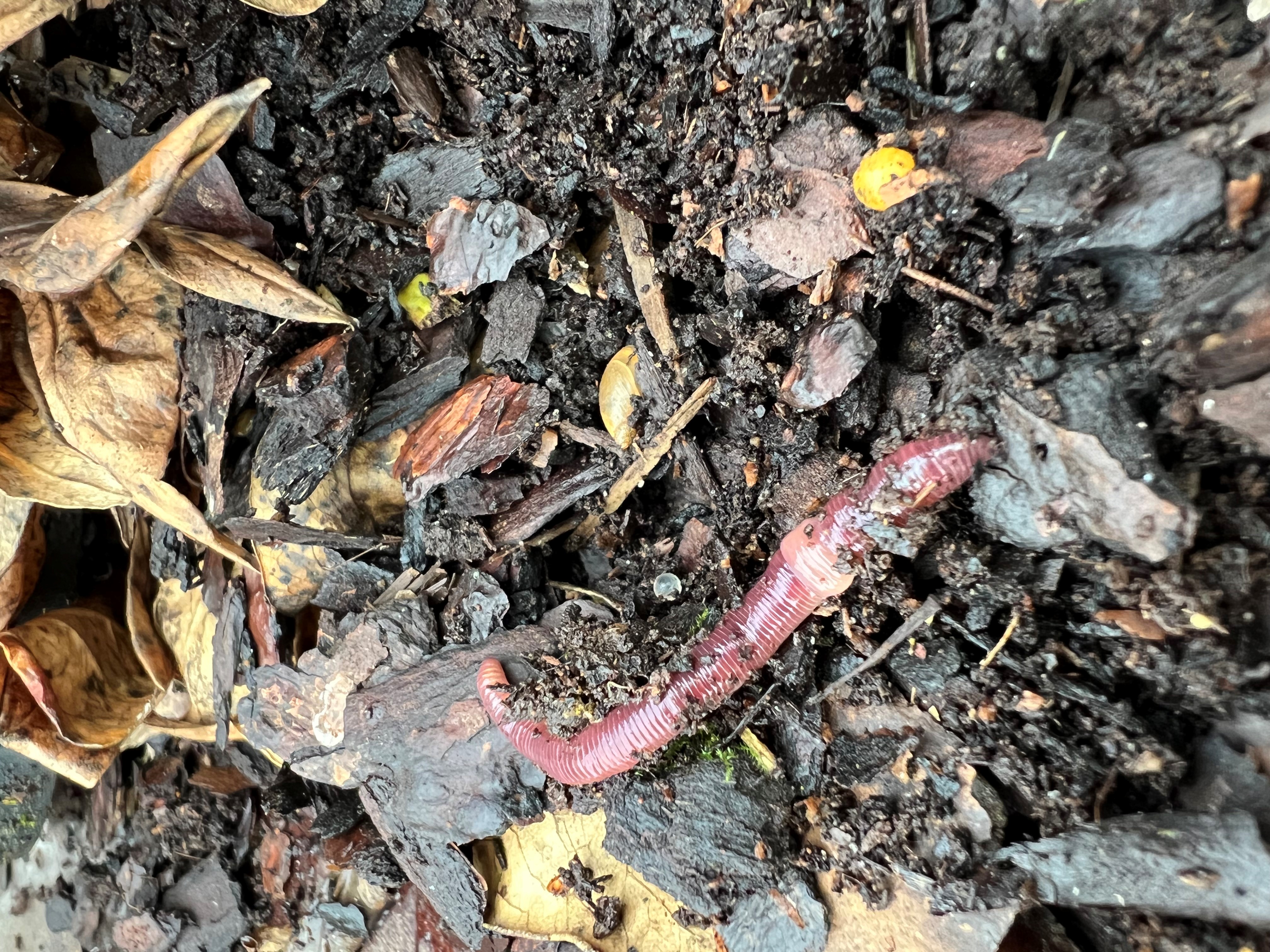Garden Trends in 2022 by Rosy Hardy

One of the strongest trends I see for gardens in 2022 is a move towards a more naturalistic planting style with more emphasis on plants that offer colour, a long season of interest and which are pollinator and wildlife friendly.
Naturalistic planting was embodied by the Dutch Wave in the 1970s, where garden designers: took inspiration from nature; considered the structure of plants in particular their ability to provide interest all year around; accounted for the natural character of plants such as grasses and planted with the gardens natural environment in mind. We're definitely seeing more gardeners who want the naturalistic look, are happy to have grasses in their gardens and are making a garden using what nature has provided in terms of soil type.
An excellent example of Dutch Wave design is the Oudolf Field Garden at the Hauser & Wirth gallery and arts centre in Bruton, Somerset, designed by Piet Oudolf.

I think that the simple Calendula, also known as the Marigold, could be set to make a resurgence in our gardens this year. It’s easy to grow from seed, provides a warm shot of yellow or orange flowers for a long period, and it is not only attractive to gardeners but also to a wide range of pollinating insects.
Since medieval times this plant has been grown for medicinal and culinary use. Calendula has antifungal, anti-inflammatory, and antibacterial properties. Calendula is also a regular in wellbeing gardens, as the flower looks like a ray of sunshine and this boosts mood.
Calendula’s beneficial properties as a companion plant are well known among organic vegetable growers. Planting Calendula alongside your vegetable patch will not only attract pollinators, but will attract other insects which support biological control of aphids and other nasties which will eat your crop. Much better to grow Calendula alongside your carrots than treat them with a cocktail of toxic chemicals.

One trend I hope grows in 2022 is that gardeners learn to be less tidy and to not be so quick to get out their secateurs and cut back plants after they have flowered. If we leave plants to dieback naturally, we can provide a range of natural habitats for beneficial insects.
Letting plants die back naturally, allowing them to collapse protects the crown of the plants. And allowing plants to drop and decay, provides worms and beetles with debris to mulch into the soil, with nutrients being redistributed back benefitting the plant roots as nature intended. In addition, clearing garden debris in spring is much easier for the gardener -there’s a reason why it’s called a spring clean!
This is a longer version of a piece written by Rosy which appeared in the Financial Times 17 January 2022.
